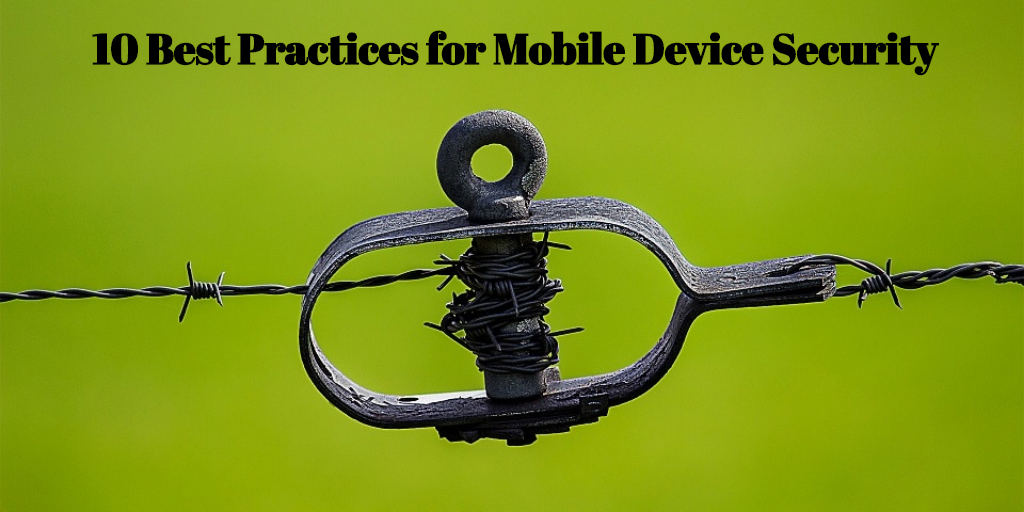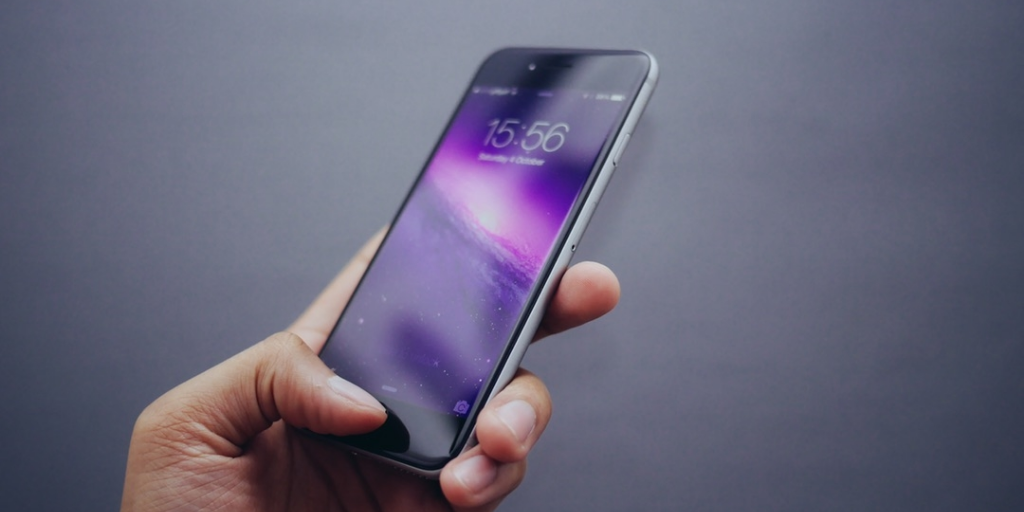Contents
- 1 We share with you 10 best practices for mobile device security
- 1.1 1. Install Anti-Malware Software on your Mobile Devices
- 1.2 2. Lock your screen
- 1.3 3. Set strong password controls
- 1.4 4. Limit the use of third party software
- 1.5 5. Secure Mobile devices
- 1.6 6. Avoid unsecured Networks
- 1.7 7. Download software and apps from trusted sources
- 1.8 8. Have regular mobile security audits
- 1.9 9. SSL Certificate is necessary for safe browsing
- 1.10 10. Involving Members of the Organization in the security plan
- Install Anti-Malware Software on your Mobile Devices
- Lock your screen
- Set strong password controls
- Limit the use of third party software
- Secure Mobile devices
- Avoid unsecured Networks
- Download software and apps from trusted sources
- Have regular mobile security audits
- SSL Certificate is necessary for safe browsing
- Involving Members of the Organization in the security plan

1. Install Anti-Malware Software on your Mobile Devices
Sometimes back, you had no reason to get worried of your Mobile phone getting infected with malware, spyware or viruses. All those infections were a target for computers. Nowadays some threats exclusively target smartphones and tablets Operating System such as Androids and iOS. Malware mostly infects phones through downloaded apps that masquerade as useful utility programs or popular titles. Should malware sneak into your phone or tablet, it may install adware; activate messages Trojans that can send out expensive messages, and in the worst case, malware can be used to spy on your data and online activities. Installing anti-malware software on your phones and tablets is vital.

2. Lock your screen
Locking your screen is a significant mobile device security measure. Though it will not prevent your mobile device from being stolen, locking the screen will protect your personal information. Most average thieves are not able to bypass, and so your identity can be secure.
3. Set strong password controls
It is important you come up with a complex password that requires secure authentication. Modern mobile phones come with inbuilt advanced security features such as finger scanners, voice recognition, and facial recognition. Mobile phones should be used with various forms of password authentication to make them secure. That would mean that even where the phone gets lost or stolen, the person who gains possession of it cannot access your data. It is also a good idea for an organization to set their mobile devices in a way that several failed logins should wipe out the entire data that is stored on the device.
4. Limit the use of third party software
It’s hard to achieve maximum security for your organization’s mobile devices where users are allowed to use third party software’s. The best way to control the use of third party software is putting in place a policy that consciously prevents the use of third-party software on the organization’s mobile devices. Users should be required to log into remote virtual work environment so that the mobile phone only acts as the screen. After the task is over, no data remains in the mobile phone.
5. Secure Mobile devices
Your organization’s mobile devices ought to be protected at all costs. The mobile devices should be configured so as to avoid unsecured networks. Bluetooth should also be undiscoverable.
6. Avoid unsecured Networks
To guard against being hacked, you must only use secured networks. It is advisable to limit data usage when using unsecured public Wi-Fi networks. If you have no choice but to use unsecured public Wi-Fi’s, it is advisable to avoid tasks such as eCommerce, online banking, and any other tasks that require the input of your confidential and sensitive information.
7. Download software and apps from trusted sources
Downloading apps from untrusted sources is one of the main culprits for infecting your mobile device with malware. If you have to download an app for your mobile device, make sure you only download from trusted sources such as Google play, App Store, iTunes among others. Avoid the temptations of downloading free apps unless you can verify the source.
8. Have regular mobile security audits
It is advisable for organizations to be proactive when it comes to security. Contracting reputable security audit firms to carry out comprehensive audit and penetration testing of the organization’s mobile device is paramount. The team can identify vulnerabilities and come up with recommendations of how to remedy them. Since the audit team employs the same techniques used by hackers to try and penetrate your system, working with them will ensure that all the loopholes in your mobile security system are covered.
9. SSL Certificate is necessary for safe browsing
SSL Certificate is necessary for safe browsing as it is a process of secure communication & a strong layer of encryption, which helps to secure the data exchanged between the client and the server. SSL certificate bestows authenticity, data integrity to online users who blindly trust eCommerce websites. There are signs of SSL certificate like HTTPS URL, green padlock, and green address bar (comes only with EV SSL) that ensure customers and visitors that the website is reliable and safe to process online transactions.
10. Involving Members of the Organization in the security plan
Any security arrangement should begin with the members of the organization. They should know that security is the responsibility of each and every one of them. Security policies must be put in place which must be adhered to by all members of the organization. Constant drilling of staff on the new security features, threats and how to protect the devices from the threats ought to be encouraged.
